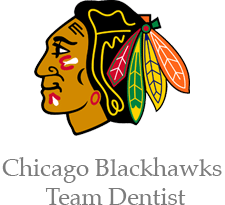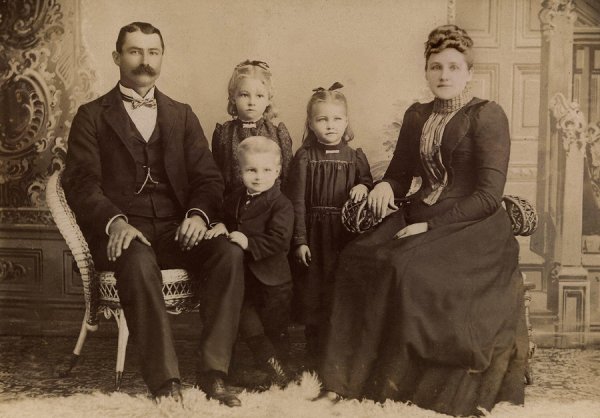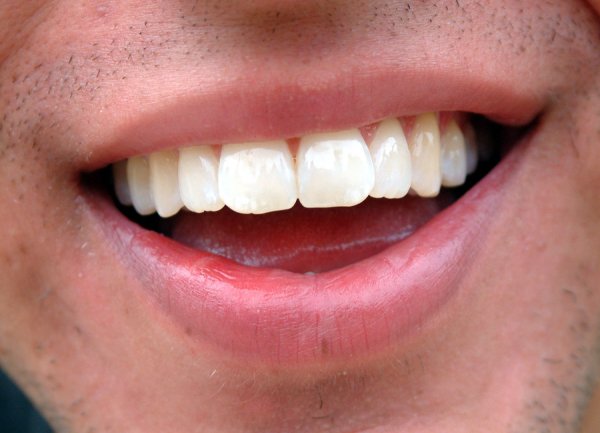
When you visit your dentist, you can learn about the vast array of state-of-the-art treatments that he or she has to offer. Today’s dental implants, veneers, and Invisalign treatment plans are all options that would have been practically unthinkable a few hundred years ago. Read on to learn a little bit about dentistry in colonial America.
In colonial times, dental health took a backseat to most other aspects of daily life. People lost their teeth young, and the average person did not brush his or her teeth. Toothaches ran rampant, and when they got too painful, some people would remove their own teeth. Unfortunately, this often led to even more serious oral health issues due to the harsh treatment. Early colonials went to blacksmiths or barbers rather than dentists, but the 18 th century saw the arrival of traveling dentists in America from Europe.
To see how far cosmetic dentistry in Chicago has come, please do not hesitate to call University Associates in Dentistry at (312) 704-5511. It is our job to offer high-quality procedures like dental implants, sleep apnea treatment, and teeth bonding. You can learn all about our services by stopping in to meet with us or by visiting our website today.


 Many people know of Paul Revere for his participation in the Boston Tea Party and his creation of a lantern-lighting system which he used to alert the Minutemen of a British invasion in his famous midnight ride on April 18, 1775. What you may not know is that he was a
Many people know of Paul Revere for his participation in the Boston Tea Party and his creation of a lantern-lighting system which he used to alert the Minutemen of a British invasion in his famous midnight ride on April 18, 1775. What you may not know is that he was a 






